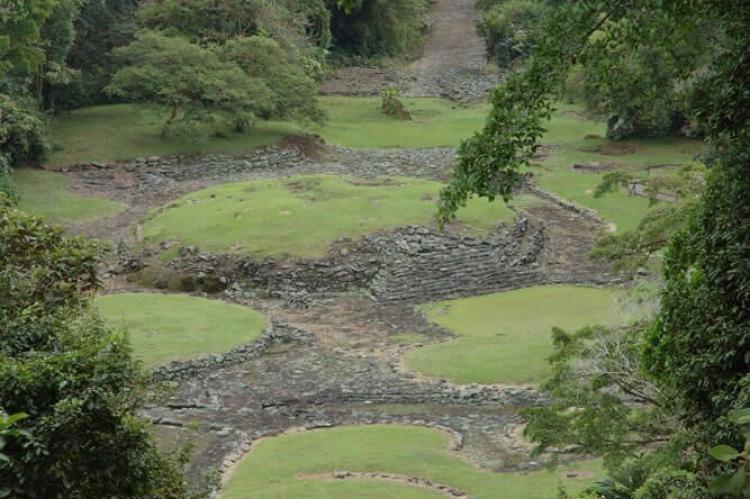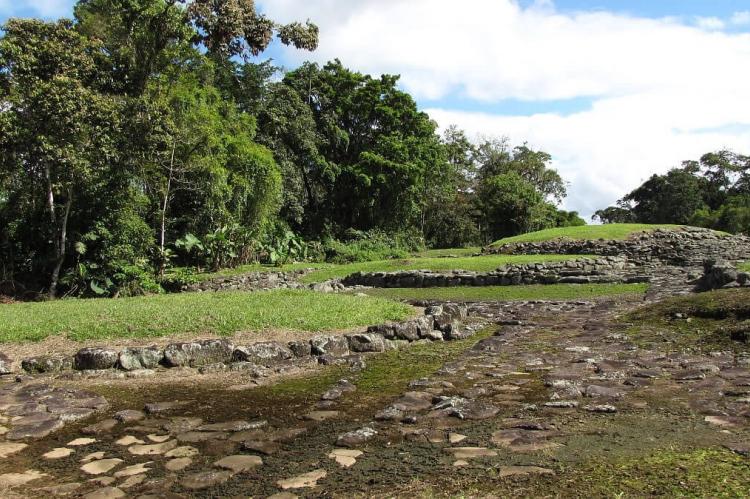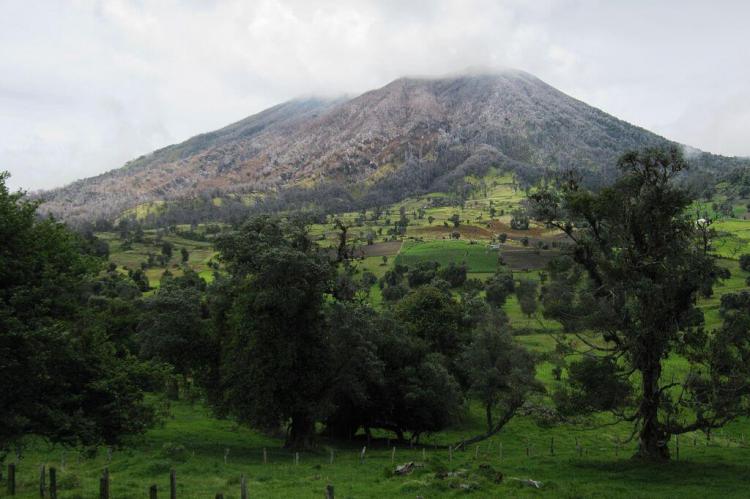The Enigmatic Ruins of Guayabo de Turrialba: Echoes of a Lost Civilization
Guayabo de Turrialba, nestled amidst the lush wilderness of the Turrialba Volcano, is a testament to Costa Rica's rich pre-Columbian history. As the largest pre-Columbian city discovered in Costa Rica, the Guayabo National Monument offers a glimpse into the lives of the people who once thrived here.
The Enigmatic Ruins of Guayabo de Turrialba: Echoes of a Lost Civilization
Guayabo de Turrialba, nestled amidst the lush wilderness of the Turrialba Volcano, stands as a testament to Costa Rica's rich pre-Columbian history, nestled amidst the lush wilderness of the Turrialba Volcano. As the largest pre-Columbian city discovered in Costa Rica, the Guayabo National Monument offers a glimpse into the lives of the people who once thrived in this ancient urban center.
Location and Setting
Guayabo National Monument is situated northwest of Turrialba, within the District of Santa Teresita in the province of Cartago. Encompassing an area of approximately 233 hectares (575 acres), this wilderness reserve shelters a remnant of pre-montane evergreen rainforest, thriving between altitudes of 990 to 1,300 meters (3,250 to 4,250 feet) above sea level. With average temperatures hovering around 24°C (75°F), the site offers a conducive environment for exploration and archaeological study.
Historical Significance
Guayabo de Turrialba is a monumental relic of Costa Rica's ancient past, tracing its origins to as early as 1000 BC. At its zenith around AD 800, this bustling city was home to nearly 10,000 inhabitants, making it a hub of economic, social, and cultural activity. The archaeological site, first discovered in the 1800s and subsequently excavated in 1882, has unveiled a treasure trove of pre-Columbian architectural structures, paving the way for a deeper understanding of the region's indigenous history.
Architectural Marvels
The ruins of Guayabo de Turrialba boast a diverse array of architectural features, offering insight into the advanced engineering and urban planning prowess of its ancient inhabitants. Stone-paved streets crisscross the site, leading to round platforms that once supported wooden structures. Aqueducts, ponds, and intricate stone carvings dot the landscape, serving as enduring testaments to the ingenuity and craftsmanship of the city's builders. Carved stone designs and depictions of animals further enrich the cultural tapestry of Guayabo de Turrialba.
Cultural Insights
Belonging to the Intermediate Area cultural region, Guayabo de Turrialba holds significance beyond its borders, linking Costa Rica to a broader network of pre-Columbian civilizations stretching from Alajuela to the plains of the Orinoco River in Venezuela and northern Ecuador. The economy of the indigenous groups that once thrived here was grounded in agriculture, hunting, and fishing, sustaining a vibrant society marked by trade, innovation, and cultural exchange. Pottery and gold artifacts unearthed from the site offer valuable glimpses into the material culture and artistic traditions of ancient Costa Ricans, with many of these relics now housed in the National Museum in San Jose.
Mysteries of Abandonment
Despite its former glory, Guayabo de Turrialba met an enigmatic fate, with the city's decline and eventual abandonment shrouded in mystery. Archaeologists continue to grapple with unanswered questions surrounding the factors that precipitated the downfall of this once-thriving metropolis. Theories abound, ranging from environmental pressures to socio-political upheaval, yet the actual reasons behind Guayabo's demise remain elusive, adding to the allure and intrigue of this ancient site.
Conclusion
Guayabo de Turrialba is a poignant reminder of Costa Rica's rich cultural heritage and the enduring legacy of its indigenous peoples. As visitors traverse the stone-paved streets and marvel at the architectural wonders that dot the landscape, they are transported back to an era of innovation, creativity, and resilience. While the mysteries of Guayabo's abandonment may never be fully unraveled, the site's significance as a window into the past remains undiminished, inspiring awe and curiosity in all who venture to explore its hallowed grounds.



